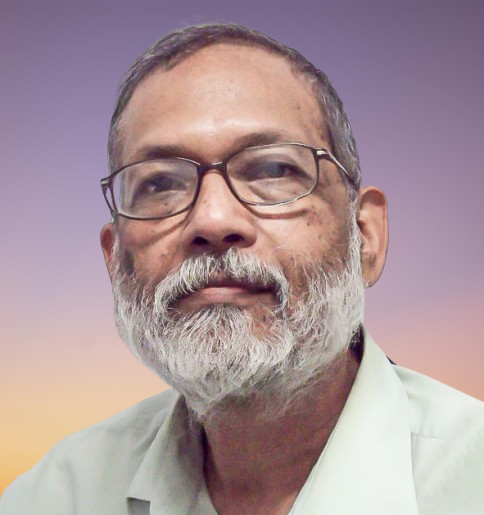Featured 2

Image: Collected
The biggest "revolution "in Bangladesh in the last decade has occurred in the media space as it went digital and increased reach and access many times. The result has been the reframing of media in both form and content. Thus, the conventional media also known as the professional media has been hit as individual and group content providers have established a footprint no less significant than the conventional media writers.
Media in form has been going on in Bangladesh/India in the same trodden path for almost 150 years. They have printed products written by journalists for reading, not hearing and listening. The result has been a form that is heavily dependent on leisure, education and decent eyesight not to mention patience of the consumer in some cases.
Although the world had changed much, Bangladesh media had not moved, making it one of the more conservative media constructs. The reasons are not just linked to the media profession but the purpose of media in general.
Why do owners invest in media?
It takes a great deal of money to own and run even a mid- level media outfit so the investor is not an idealistic person committed to media development. He is a person who has a clear idea of what he wants from his investment.
Usually, three elements are necessary which influences the nature of the media product. a) The desire to protect existing resources of the investor by gaining access to the power structure's inner circle. b) To gain social prestige and power by becoming a media outlet owner. c) To use media outlets as a promotional tool of the owner, his existing enterprises and social prestige.
Of the three elements, the second and the third are fine as any investment in the social sector will lead to social prestige gain. But the critical part is the lack of profit incentive through direct media investment. The result is media investment is expected to gain money through connection and pressure and links generated by the media product.
From the beginning, the objective becomes non-professional. As most media is focused on impressing a small core group of powerful people, the barrier is in-built in the current media scene to innovate and run with time. Thus, professional media has developed a stake in the status quo. This includes many senior journalists as well understandably.
The challenge
What happened was that the digital revolution had taken place but the pro-media was in denial about it. It continued to foot the trodden path and remain with the print media and its attendant culture while a counter media was developed by consumers and their content providers. As the latest situation shows, the public was clearly hungry for a different media than what comes from the mainstream. By the time this realization came, It had begun to fall behind. The term "new media'' and "old media" have never seemed a more appropriate expression.
The explosion has come from social media both FB and YT but the digital access made the difference. Although the old media tried to ignore new developments, it ultimately had to accept the reality and we have the first expression in "online" versions of the same paper. There are e-papers as well making the obvious a fact. However, such versions were considered a lesser version of the main product, the written paper.
Another factor that dominates the scene is advertisement. Except for the top paper(s), most paper outlets are dependent on government adverts and all these adverts are mostly doled to the paper version based on connections and links.
Once the government's supply and procurement related tender notices were published in newspapers making them the primary source of revenue. Hence the incentive to modernize just wasn't there for realistic reasons. By the time the Government caught up with the scene and were publishing them on their website, things had advanced even further.
Political social media
The Opposition media operating from abroad are way more popular with the political crowd not just because they are giving space to a view more loudly than others but they are audio-visual. They don't carry costs and use platforms that can be reached from anywhere. It's therefore free for the consumer in parts, they are AV podcasts and single character talk shows. The content is not just the point but the form is. They are way more popular and influential than most talk show chatter and are also followed by a partisan crowd running into millions. In fact, even on TV, chat shows are very popular though disliked.
Two factors have added the push. One is the rise of Google driven adverts which is now very significant in Bangladesh. The other is the rise of digital adverts whereby many company ads are driven by Google's Adsense which decides where such ads will go, that is, the audience it suits most (e,g. a Bangladeshi product will be prioritised for someone in Bangladesh).
What it proves is that the decline of print media is global and the days of denial can't go on. Whether to survive, influence or make a difference, A-V media on social media platforms is no longer an option but the principal way.
Each phase begins and ends and we seem to have witnessed the decline of old media and the rise of a new that is not just digital in form but more significantly functioning beyond written words.

























Leave a Comment
Recent Posts
Right On Schedule
The most eagerly anticipated, and frankly hyped up, announcement of an ...
Fighting raged along the borde ...
Fighting raged along the border of Cambodia and Thailand, with explosi ...
ICIMOD drives regional cooperation to inspire new mo ..
The Cage of Captivity and the Cry for Freedom: A Cru ..
Why Japan issued an advisory for a possible megaquak ..
The Autocrats’ War on Universities